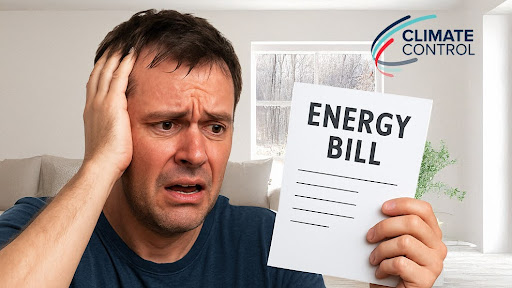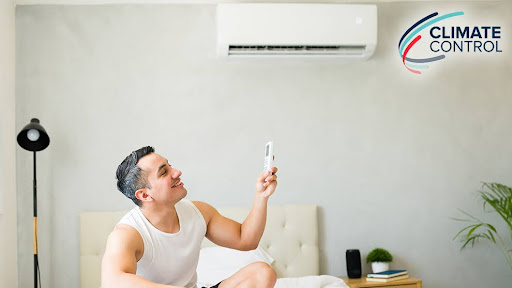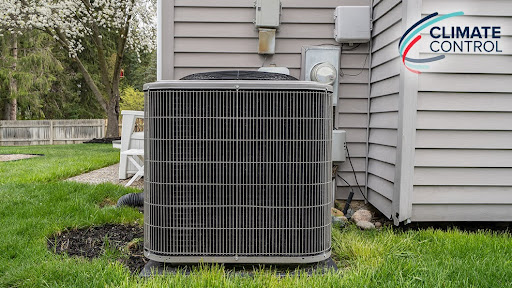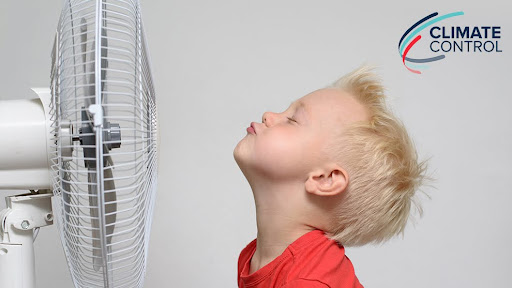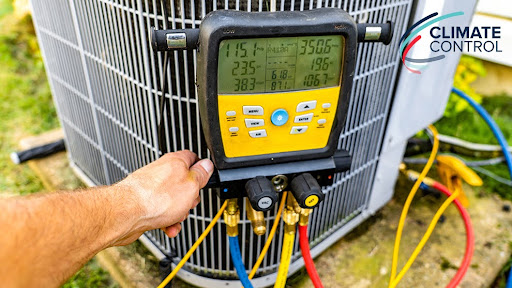The Energy Star symbol on air conditioners and heating equipment means more than just efficiency. This government-backed endorsement provides a quick way to identify and comparison-shop among different energy-saving A/C units and furnaces. However, the presence of the Energy Star symbol also means these products reduce greenhouse gases and other air pollution that threatens the environment. Established in 1992, the program has expanded to include more than 50 product categories including HVAC equipment. In a typical year, the federal Environmental Protection Agency estimates that Energy Star products including air conditioners and heaters save $14 billion in utility costs and prevent the discharge of greenhouse gas emissions equivalent to 25 million cars.
HVAC equipment that has qualified for certification has met the following requirements relating to efficiency and environmental standards:
- Central air conditioners must have a SEER (seasonal energy efficiency ratio) of at least 14, which represents a gain of approximately 7 percent over a standard efficiency unit.
- Gas-fired furnaces in the Southern part of the United States must have an AFUE (annual fuel utilization efficiency) rating of 90 percent or more. In the North, a 95 percent AFUE rating is required for certification.
- HVAC equipment should provide advanced features and benefits not available on standard models. For central air conditioners, these might include features such as dual-stage compressors, variable-speed blowers, enhanced sound-dampening insulation and fan-only operation. Furnaces may offer benefits including a secondary heat exchanger, two-stage burners and direct or power venting.
- To be eligible for Energy Star labeling, units with a higher upfront purchase price must demonstrate energy savings sufficient to allow the consumer to recover the higher initial investment in a reasonable period of years.
- Performance claims in manufacturer’s specifications relating to energy efficiency and environmental benefits must be quantified and verified through testing.
For energy-saving, environmentally friendly air conditioning and heating equipment, homeowners on the Western Slope can contact Climate Control Company. We’re your local source of trusted sales and service since 1956.
Our goal is to help educate our customers in Aspen, Vail and the surrounding Western slope communities in Colorado about energy and home comfort issues (specific to HVAC systems). For more information about Energy Star and other HVAC topics, please visit our website.
Image courtesy of Shutterstock

